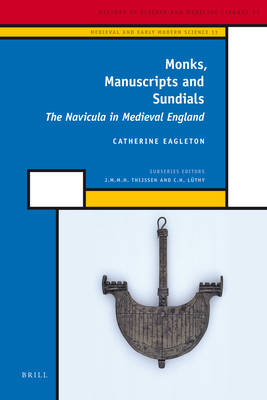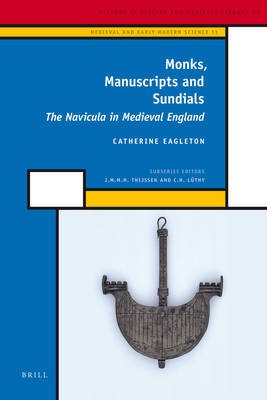
- Afhalen na 1 uur in een winkel met voorraad
- Gratis thuislevering in België vanaf € 30
- Ruim aanbod met 7 miljoen producten
- Afhalen na 1 uur in een winkel met voorraad
- Gratis thuislevering in België vanaf € 30
- Ruim aanbod met 7 miljoen producten
Zoeken
€ 232,45
+ 464 punten
Omschrijving
The navicula sundial, because of its rarity and attractive form, has interested curators and historians alike: Derek J. de Solla Price described it as "one of the most ingenious and sophisticated mathematical artefacts of the Middle Ages". Although apparently a specifically English instrument, there is much debate about when and where it was invented, and about who made and used the five surviving medieval examples. This book brings together for the first time evidence from the surviving instruments, and written sources including four previously unknown texts describing how to make or use the instrument, along with previously unknown copies of the text on which previous studies were based.
Medieval and Early Modern Science, 11
Medieval and Early Modern Science, 11
Specificaties
Betrokkenen
- Auteur(s):
- Uitgeverij:
Inhoud
- Aantal bladzijden:
- 304
- Taal:
- Engels
- Reeks:
- Reeksnummer:
- nr. 11
Eigenschappen
- Productcode (EAN):
- 9789004176652
- Verschijningsdatum:
- 11/01/2010
- Uitvoering:
- Hardcover
- Formaat:
- Genaaid
- Afmetingen:
- 163 mm x 244 mm
- Gewicht:
- 635 g

Alleen bij Standaard Boekhandel
+ 464 punten op je klantenkaart van Standaard Boekhandel
Beoordelingen
We publiceren alleen reviews die voldoen aan de voorwaarden voor reviews. Bekijk onze voorwaarden voor reviews.








